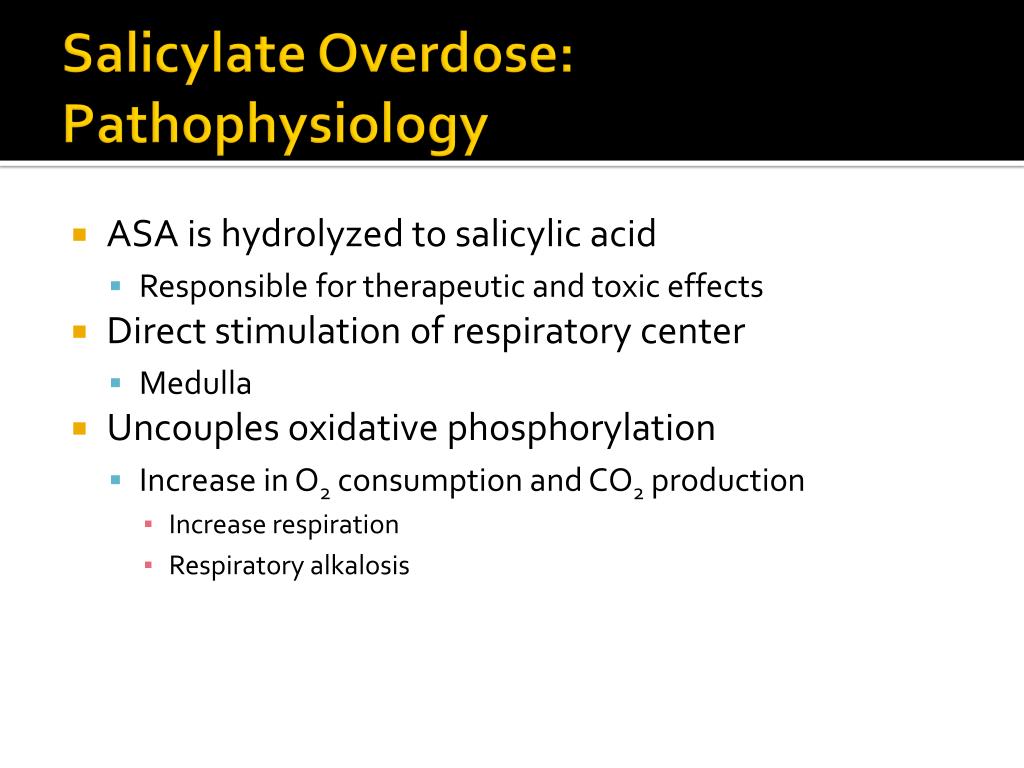

This inhibition occurs in the endothelial cells of blood vessels.Īspirin has had multiple metanalyses, which suggest that aspirin reduces the risk of major adverse cardiovascular events in patients who have diabetes without cardiovascular disease while also causing a trend toward higher rates of bleeding and gastrointestinal complications. Prostacyclin inhibition can be achieved with the use of higher doses. These effects last for about 7 to 10 days which usually correspond with the lifespan of a platelet. It is also expressed in breast milk.Īlmost 90% of COX inhibition can be achieved with the administration of 160 to 325 mg of aspirin. It can cross the blood-placental barrier. Medications like antacids can increase renal clearance as they raise urinary pH. Salicylic acid is renally cleared, which can be increased by raising the urinary pH. Salicylate elimination occurs through two pathways via the creation of salicyluric acid and salicyl phenolic glucuronide. The stomach does not absorb aspirin at pH 6.5. At pH 3.5 or 6.5, aspirin's intestinal absorption is greater than the gastric absorption of the compound. Absorption is higher through the small intestine than the stomach for the same pH range. If maintained within that narrow range, it provides the appropriate anti-inflammatory effect.Īspirins absorption is pH sensitive at the level of the small intestine. Salicylic acid has a narrow therapeutic window.

When consumed as a liquid preparation, it is rapidly absorbed as opposed to tablets. Some of the indications for aspirin use are as follows: Īspirin absorption from the gastrointestinal (GI) tract depends on the formulation state.

It was not until 1899 when a modified version named acetylsalicylic acid was registered and marketed by Bayer under the trade name aspirin.Įven though it has been available since the early 1900s, its real mode of action was not known until the late 1970s. In the 1800s, the Heyden Chemical Company was the first to mass-produce salicylic acid commercially. Henri Leroux used it to treat rheumatism after isolating it in a crystalline form in 1829. In 1828, Professor Johann Buchner used salicin, the Latin word for willow.

About 100 years later, the effects of the willow bark powder were studied for acute rheumatism. In a 1763 clinical trial, the first of its kind, Reverend Edward Stone studied the effects of willow bark powder for treating fever. He even utilized tea brewed from it for pain management during childbirth. Hippocrates used it for managing pain and fever. The Sumerians were noted to have used remedies derived from the willow tree for pain management as far back as 4000 years ago. Salicylates have been derived from the willow tree bark.


 0 kommentar(er)
0 kommentar(er)
